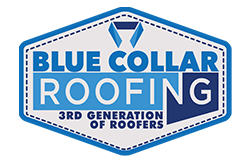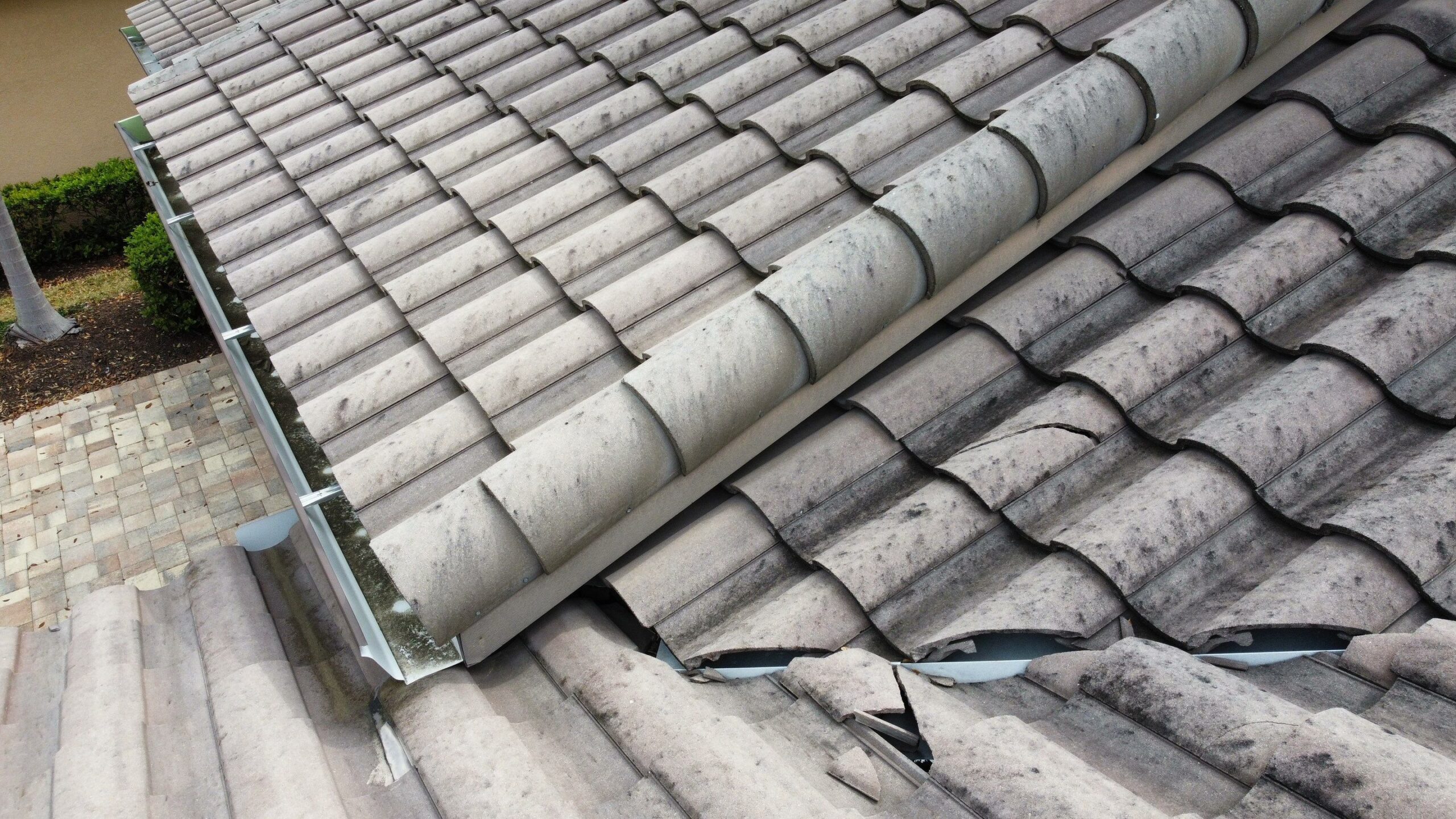A healthy and efficient roofing system is vital in protecting your home or business from the elements, and proper roof ventilation is a key factor in achieving this. Often overlooked, roof ventilation is critical in preserving the longevity of your roof, ensuring optimal energy efficiency, and maintaining a comfortable living environment. As a trusted provider of residential and commercial roofing services in Southwest Florida, we understand the role that suitable roof ventilation plays in maximizing the performance of your roof system.
In this informative post, we will delve deep into the basics of roof ventilation systems, exploring their importance in both residential and commercial roofing applications. Learn about the various types of roof vents and their specific functions, as well as the potential consequences of inadequate roof ventilation. Armed with this knowledge, you will be better equipped to assess and optimize your own roof’s ventilation system, ensuring a longer-lasting, energy-efficient, and comfortable environment for your home or commercial building.
Are you eager to learn more about proper roof ventilation solutions and how they can benefit your home or business in Southwest Florida? Let our skilled team at Blue Collar Roofing guide you through the process, providing the expertise necessary to make informed decisions that will lead to a healthier and more efficient roof system.
Understanding Roof Ventilation: The Basics and Why It Matters
Roof ventilation is the process of regulating airflow and temperature within your attic or roof space by allowing hot, moist air to escape and letting fresh, cool air enter. A well-ventilated roof system is essential for several reasons:
1. Moisture control: Inadequate ventilation can lead to moisture buildup in your attic, which can encourage the growth of mold and mildew, damage roofing materials, and even threaten the structural integrity of your home or commercial building.
2. Energy efficiency: Poor roof ventilation can cause excessive heat buildup in your attic, contributing to higher indoor temperatures and increased strain on your heating and cooling system, which will result in higher energy costs. A well-ventilated roof promotes energy efficiency by allowing hot air to escape, reducing cooling costs during warmer months.
3. Roof life extension: Proper ventilation helps prolong the life of your roof by preventing moisture damage and reducing temperature fluctuations, which can deteriorate roofing materials and cause premature failure.
4. Comfort: Maintaining proper ventilation in your roof system keeps your living or working spaces more comfortable by stabilizing indoor temperatures and keeping dampness or mustiness at bay.
Different Types of Roof Vents: Finding the Right Fit for Your Roof
There are several types of roof vents available, each designed to suit specific roofing configurations and ventilation needs. Some of the most commonly used roof vents are:
1. Ridge vents: Installed along the peak of your roof, ridge vents allow hot air to escape from the attic effortlessly. They are often paired with soffit vents (described below) to create a balanced airflow system.
2. Soffit vents: These vents are installed on the underside of your roof’s eaves, and they draw in fresh, cool air to replace the hot air that’s expelled through a ridge vent.
3. Gable vents: Mounted on the gable ends of your home or commercial building, gable vents encourage air circulation by allowing hot air to escape from your attic or roof space.
4. Turbine vents: These wind-powered vents are installed on your roof and spin to create an upward draft, effectively drawing hot air out of your attic.
5. Powered roof vents: These electric or solar-powered vents use fans to draw out attic heat, offering a more controlled and dynamic ventilation method.
Recognizing the Signs of Poor Roof Ventilation
Detecting early signs of poor ventilation is crucial in preventing long-term damage to your roof system. Be on the lookout for these red flags that may indicate ventilation issues:
1. High energy bills: If you notice a sudden increase in your energy costs, this could be due to excess heat buildup in your attic, forcing your heating and cooling system to work harder than necessary.
2. Excess condensation: Dampness, water droplets, and condensation in your attic may signify moisture issues, which are often indicative of inadequate roof ventilation.
3. Damaged or deteriorating roofing materials: Premature failure of shingles, underlayment, or sheathing can be due to poor ventilation, which compromises the integrity and longevity of your roof system.
4. Mold and mildew growth: The presence of mold and mildew in your attic, along with musty odors, can be a sign of ineffective roof ventilation, leading to higher moisture levels.
Optimizing Your Roof Ventilation: Tips and Best Practices
Improving your roof ventilation system is an investment in your property’s overall health and efficiency. Consider these tips and best practices when optimizing your roof’s ventilation:
1. Consult with professionals: Enlist the help of experienced roofing professionals like us to assess your current roof ventilation and identify areas for improvement.
2. Balance intake and exhaust: Ensure your roof has an appropriate balance of intake and exhaust vents to allow for efficient airflow.
3. Keep vents clean and clear: Regularly inspect your roof vents for debris, such as leaves or nests, and keep them clean to ensure effective airflow.
4. Insulate your attic: Proper insulation is critical to maintaining a comfortable indoor environment and preventing excessive heat transfer between your attic and living spaces.
Proper Roof Ventilation for a Healthy, Energy-Efficient Roof System
Roof ventilation plays a crucial role in maintaining a healthy roof system by curbing moisture buildup, encouraging energy efficiency, and extending roof life. By understanding the basics of roof ventilation, recognizing the signs of poor ventilation, and implementing optimization best practices, you can significantly enhance the performance and longevity of your roof system.
Invest in the health of your Southwest Florida home or business by optimizing your roof’s ventilation with the help of the experienced team at Blue Collar Roofing today. Reach out to us to schedule a roof inspection and discuss your ventilation needs, and together, we’ll achieve a healthier, energy-efficient roofing system tailored to your property’s unique requirements.

